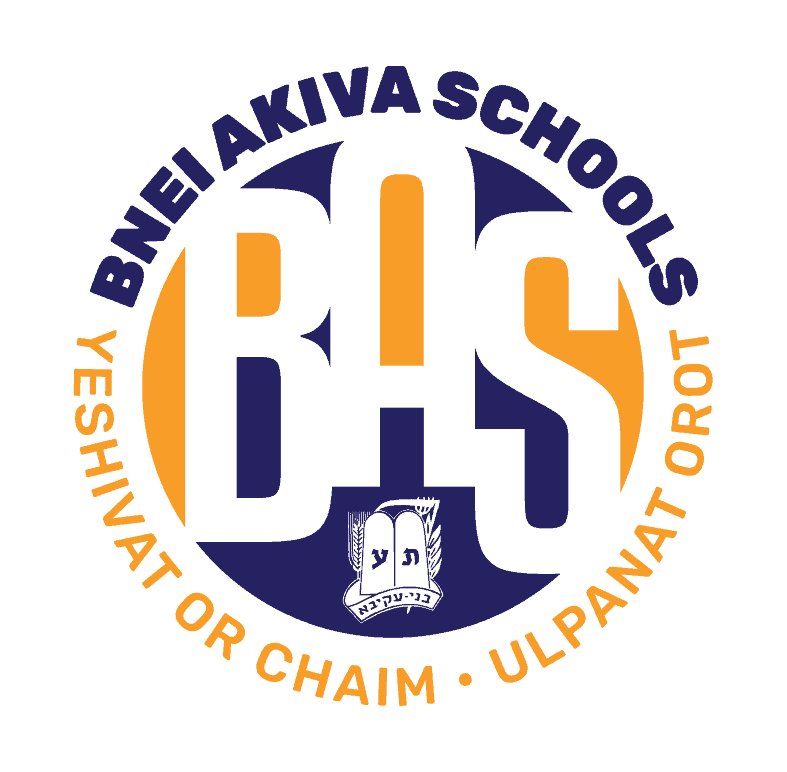 by Mr. Gerald Lazar
by Mr. Gerald Lazar
Holocaust memory has gone through much transformation and transition over the decades since the events transpired. Through much of that time, there has been a fear that the events would be forgotten or that denial would overtake the truth. For the first few years, most of the survivors did not openly speak about their experiences – the events were too recent, too raw. They feared people would not want to listen, not understand – or not even want to understand. After survivor testimony at the Eichmann trial in 1961 was viewed worldwide on television, a greater understanding and acceptance was gained. Nazi war criminal trials – taking place until this day – have ensured a historical record has been kept. Courts have even seen a libel lawsuit (against historian Deborah Lipstadt) that necessitated proving the Holocaust took place in order to defeat Holocaust denier David Irving. Films, historical books and novels have helped ensure the topic is well studied and widely understood as well.
Yet, still today, there is a fear the event will be forgotten. Why is that?
Of course, the number of living Holocaust survivors has dwindled significantly. Last summer, we lost perhaps the most prominent survivor, Elie Wiesel. This week, we lost Amek Adler, a survivor speaker at Toronto’s Neuberger Holocaust Centre, UJA. When someone doubtful of a historical event meets a living witness of that event face-to-face – hears about their pain and suffering – it is difficult to look that person in the eye and say “I still do not believe.” Hearing a story secondhand is simply not as powerful. Time will tell whether or not the USC Shoah Foundation’s New Dimensions in Testimony – an interactive “hologram” testimony experience – will be more effective than hearing individual stories secondhand in a future without survivors.

Professor Gavriel Rosenfeld warns of the normalization of the Holocaust coinciding with the rise of the Internet. In his book, Hi Hitler!, he writes, “Thanks to its global reach and anonymous, democratic character, the Internet allowed previously marginal views about the period – whether expressing hatred or humor – to be broadcast more widely than ever before” (Rosenfeld 26). The type of humour that portrays Hitler as silly undercuts how dangerous he was. Constant comparisons to Nazism normalize the atrocities committed during that period as well. Godwin’s Law – a popular internet adage – posits that any online conversation that goes on long enough will eventually lead to a Nazi comparison. The fear is that our culture has become over-saturated with Nazi and Holocaust discussion and humour in a way that minimizes how unprecedented and serious the crimes committed were.
So what do we do today? How do we educate children about the Holocaust in today’s interconnected global society, as the event begins to become distant in historical memory, as fewer survivors are alive to testify, and as the Holocaust and the Nazis become “normalized” by internet memes and videos?

Survivor testimony remains an essential way to reach students. Students at both schools heard powerful stories from survivors on Yom HaShoah. Students asked thoughtful questions and connected on an intellectual and emotional level. Yom HaShoah programs have been moving toward a greater emphasis on education, as opposed to simply commemoration, which is what I experienced as a student. Creating an emotional experience may elicit reaction in the moment, but it is not enough on its own. As a recent article in the CJN emphasized, our roles are not to try to place ourselves in the position of an individual experiencing the Holocaust.
I do not believe that the Holocaust is in danger of being forgotten anytime soon. Though we are not far from a time where survivors will be unable to testify, we are rich in recorded testimony, in film and in writing. The USC Foundation’s testimony experience may not be the same as speaking to a survivor, but it is one important new tool working to ensure valuable, accessible Holocaust education will continue. The more pressing issue is will the Holocaust be remembered appropriately? Will it be remembered with the best pedagogical approach? Will future students be able to appropriately remember the victims and understand the context of the actions that led to the murder of millions of innocents?

Holocaust education in schools is essential to ensure the Holocaust is remembered appropriately. Today’s student needs more than traditional lectures to learn. First, they must gain the critical thinking skills to be able to tell when a source is questionable. With the rise of “fake news,” with “sponsored articles” appearing in newspapers and on the Internet, how our students digest and understand media is an essential learning skill. From there, supported and guided by parents and educators, student engagement with content begins. Our grade 10s learn so much from their WWII and Holocaust debates, from their own research and the presentations created by others. This week’s Yom HaShoah programs included content curated by our students. Classroom discussions are also essential in-school tools to engage when teaching history. Using 21st century tools and connecting to survivor testimony, the lessons of the Holocaust can still be learned so that we do not forget our people’s recent past and remain focused and motivated on creating a better future. It’s important to have Yom HaShoah and regular days to learn about the past – but perhaps more important is to motivate the students to want to learn more, to ask critical questions and continue their learning beyond the school and classroom.
Gerald Lazar is Director of Student Life at Yeshivat Or Chaim

